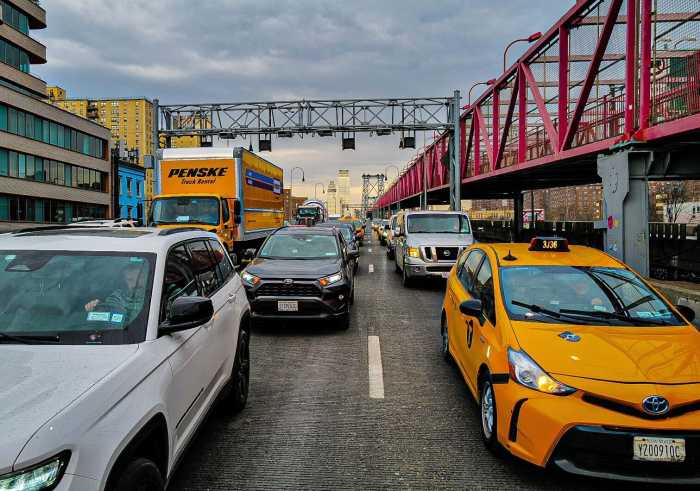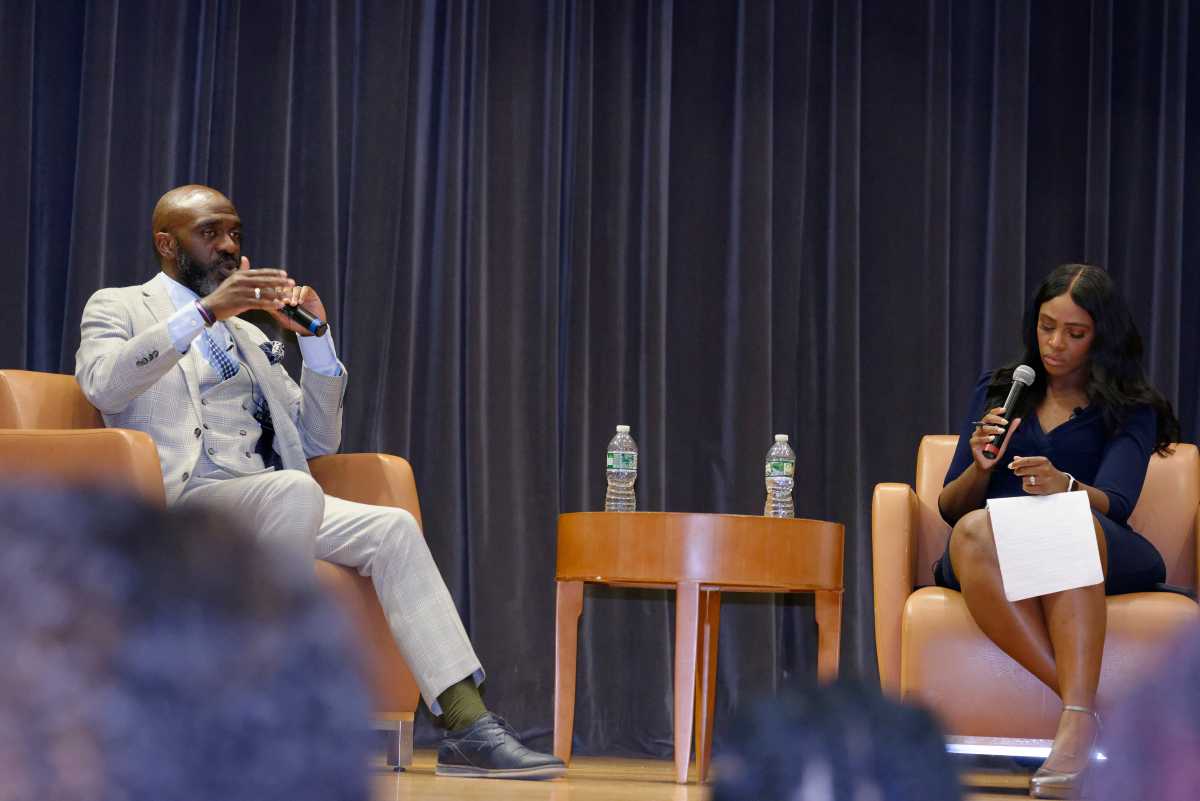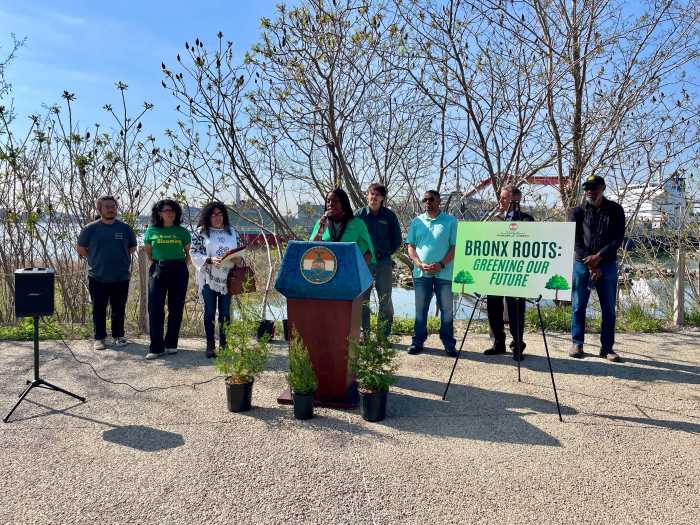The broken water main in Greenwich Village that caused headaches for commuters, businesses and residents on Wednesday showed the risk posed by the city’s aging infrastructure.The 36-inch cast-iron water main that broke shortly after midnight Wednesday on 13th Street and Fifth Avenue was originally installed in 1897. The pipe’s age and recent swings in temperature contributed to the main breaking, according to the Department of Environmental Protection.
“I’m stunned that in an area that has been the beneficiary of significant development in the last 30 years that it wasn’t a conscious decision by the city to replace the water main in that area,” said Denise Richardson, executive director of the General Contractors Association and a former DEP deputy commissioner.
A Citizens Budget Commission report from December said about 20% of water main miles are at least 100 years old, and most of these mains are older than 50. The report also said the city lacks a strict plan to replace aging assets like its water infrastructure, instead replacing them on an urgent, “ad-hoc” basis.
“We shouldn’t have an infrastructure policy or lack thereof that continues to allow water mains from the mid-1800s to be used in the 21st century,” Richardson said.
According to the DEP, the agency has comprehensive information about the nearly 7,000 miles of water pipes beneath the city. The agency also monitors water pressure and quality to see where pipe replacements are needed for adequate service or to prevent a damaged or corroded pipe from breaking.
Under the Bloomberg administration, $10 billion was spent on upgrades to the city’s water system, including 500 miles of new water mains. The administration also activated a new section of a water tunnel that now serves all of Manhattan as another tunnel undergoes repairs.
“Those investments coupled with improved management and maintenance of the system have helped reduce water main breaks,” DEP spokesman Chris Gilbride said in a statement.
The Bloomberg administration, which saw 632 breaks in 2003, ended 2012 with 347, an average of six per 100 miles of pipe, below the industry average of 25.
Still, state Sen. Brad Hoylman, whose district covers the area where the pipe burst early Wednesday morning, was concerned about future water main breaks as the infrastructure continues to age. He said there are three large trunk mains currently being installed on West 48th and 60th streets, and on Eighth Avenue between West 12th and West 13th streets.
“They are creating a redundancy in the water system in the event of catastrophe,” Hoylman said on Wednesday when crews were repairing the broken main. “I would say they are very important to me because I went to take a shower this morning and nothing came out of the spigot.”


































